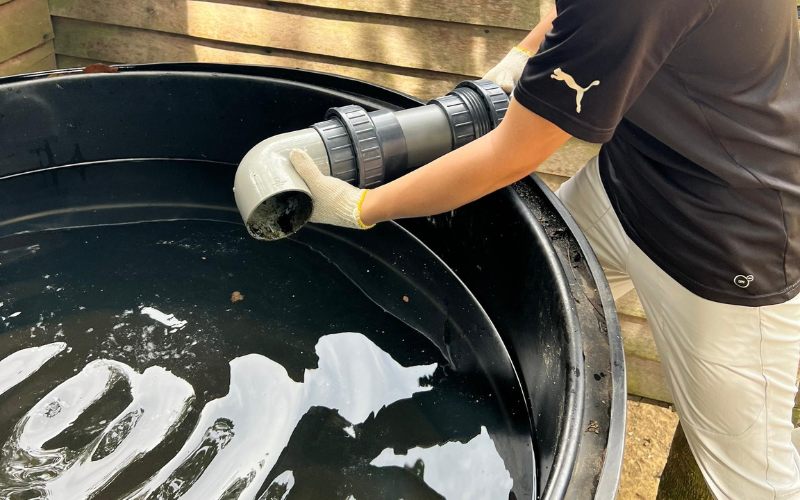Water plays numerous critical roles in our daily lives, ranging from functional value in the human body to the earth’s climate regulation. On an everyday level, I am grateful to have clean water readily accessible in my home, enabling me to effortlessly pour it from the tap and brew a delightful morning coffee to enjoy. However, how many others share this privilege?
In conjunction with World Water Day celebrated annually on 22 March which aims to raise awareness and inspire action to tackle the water and sanitation crisis, we take a closer look at home. In Malaysia, the scarcity of access to clean water remains a big challenge for our indigenous communities. Malaysia’s Department of Statistics has reported that 53% of Orang Asli communities lack access to clean piped water.
Numerous initiatives undertaken by both government bodies and NGOs aim to address United Nations Sustainable Development Goals (UN SDGs) concerning clean water and sanitation. However, for countless indigenous communities residing in remote areas, this remains inaccessible. Additionally, despite prior assistance from NGOs and the government, many systems have failed to maintain their effectiveness in providing both potable and non-potable water sources in the long run.



